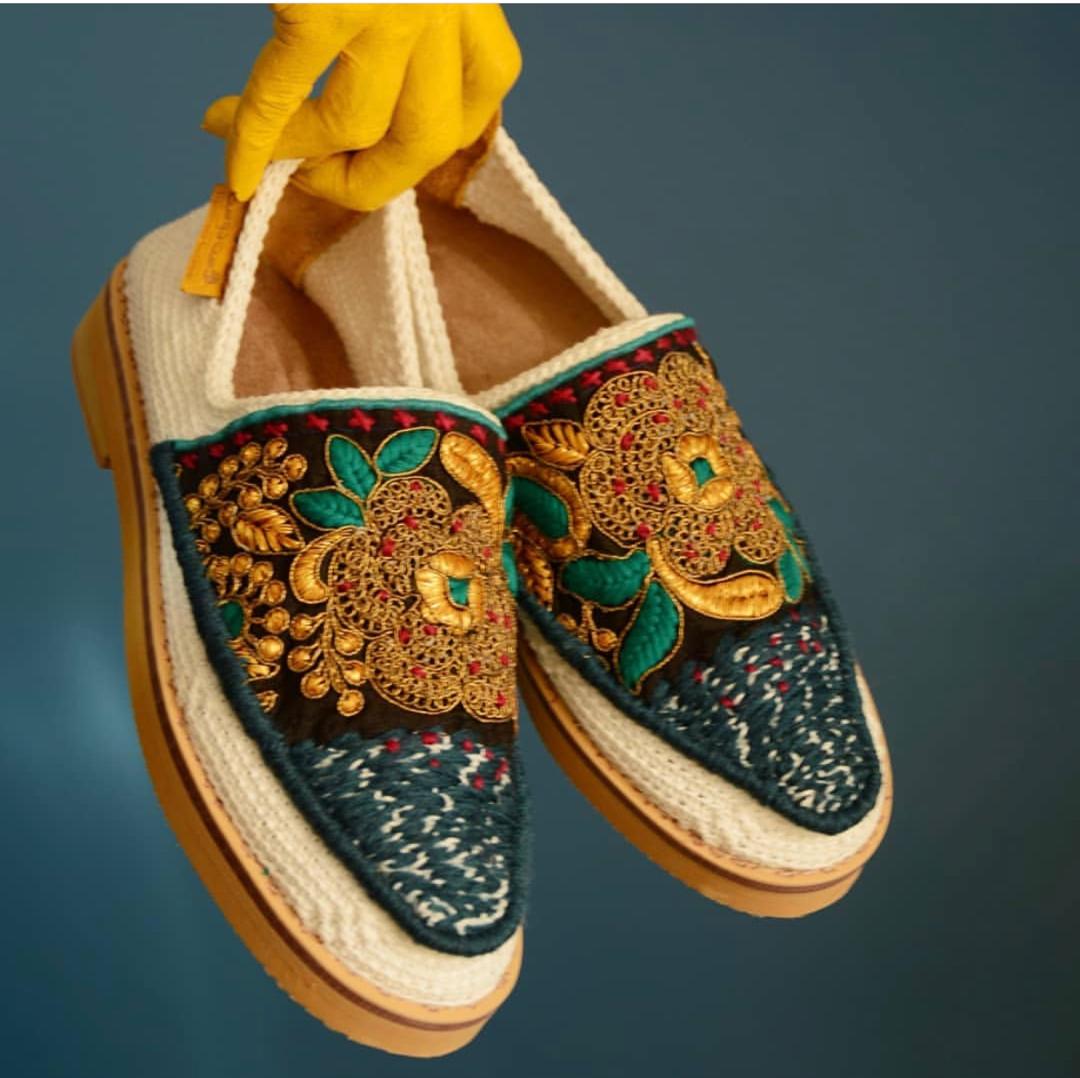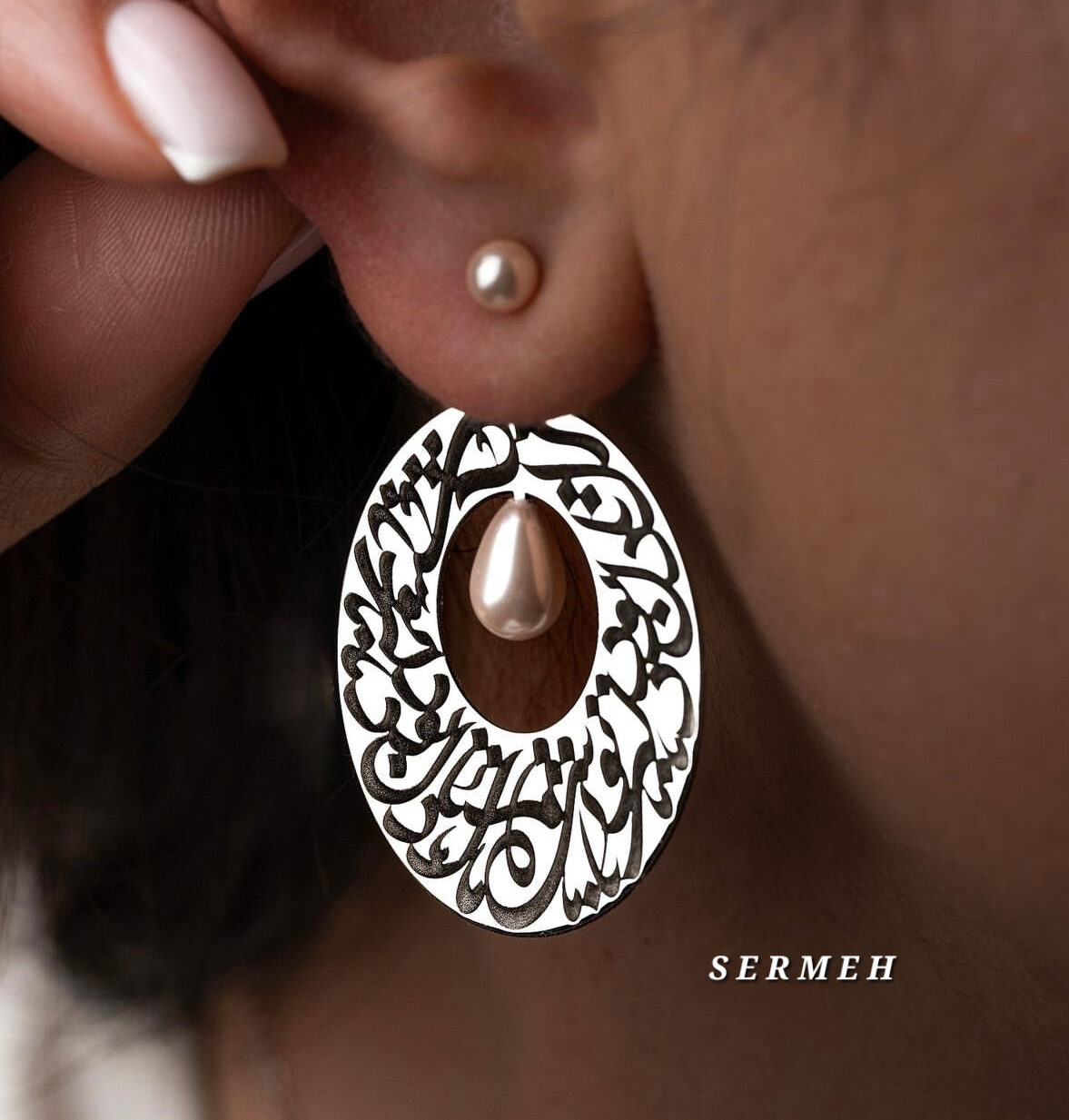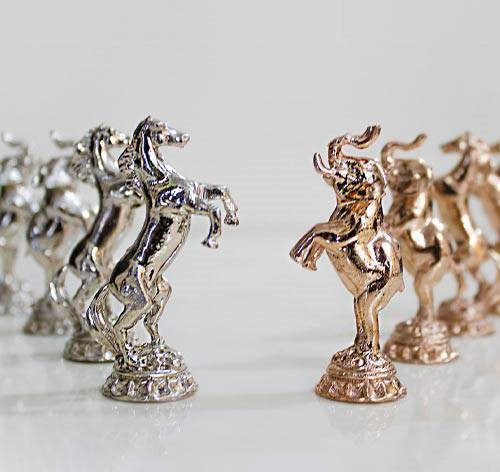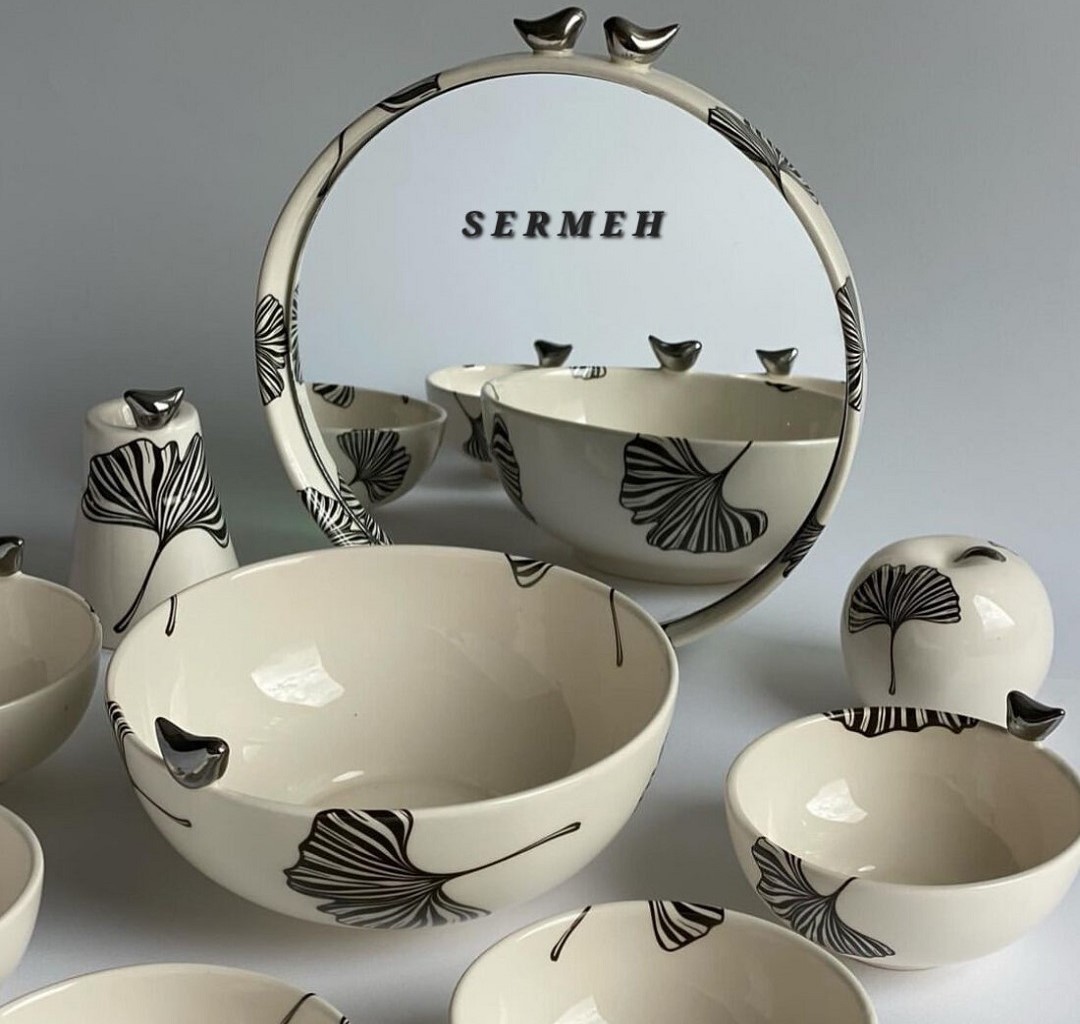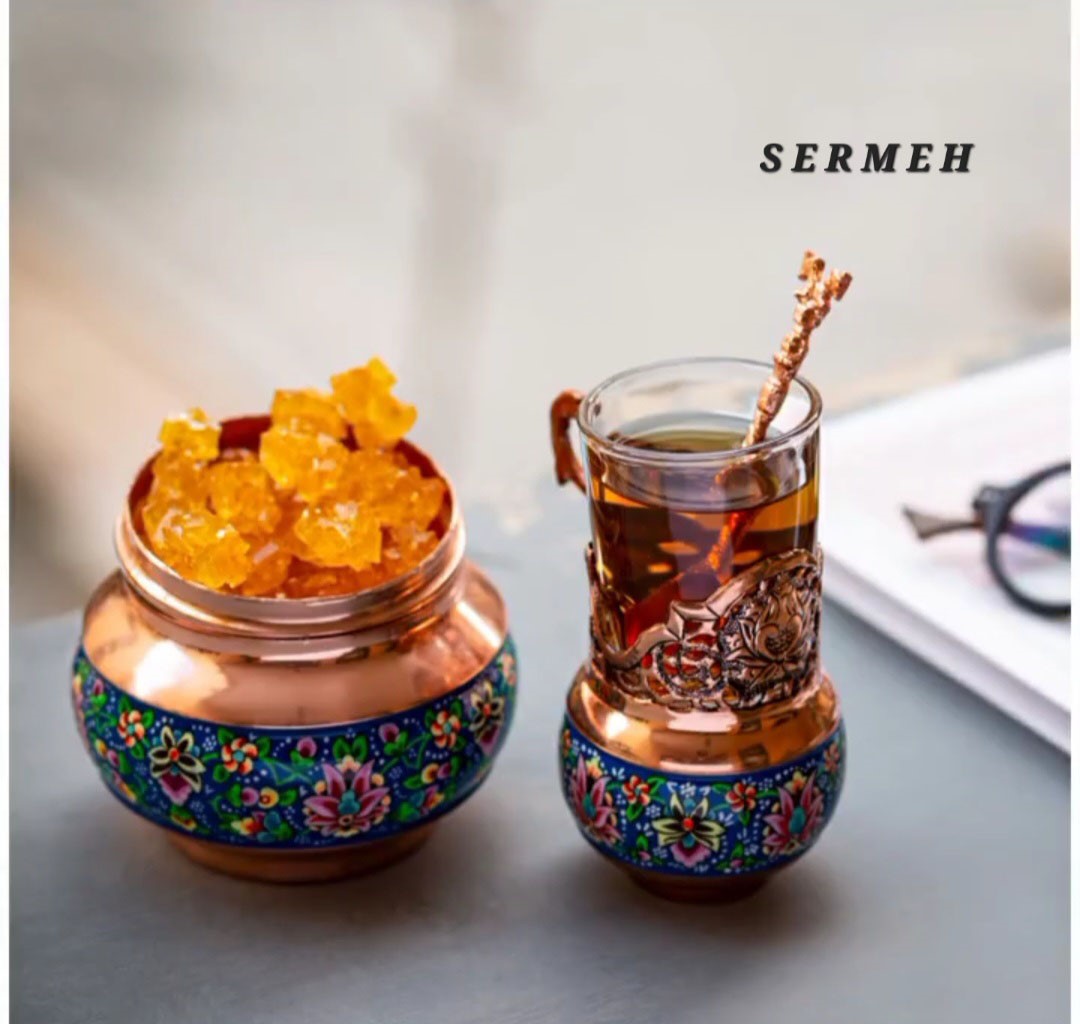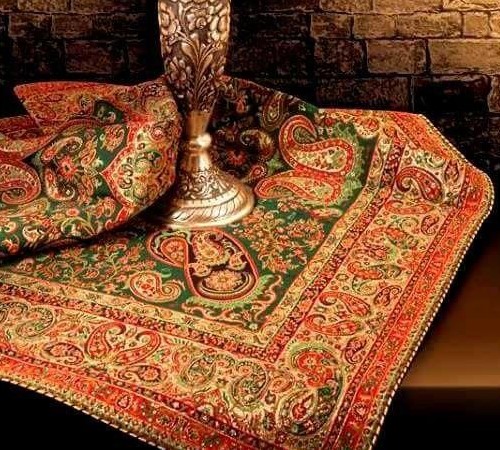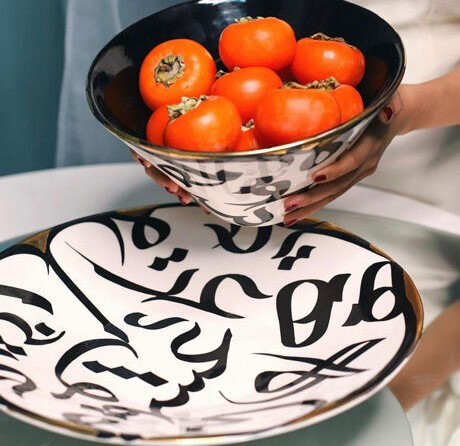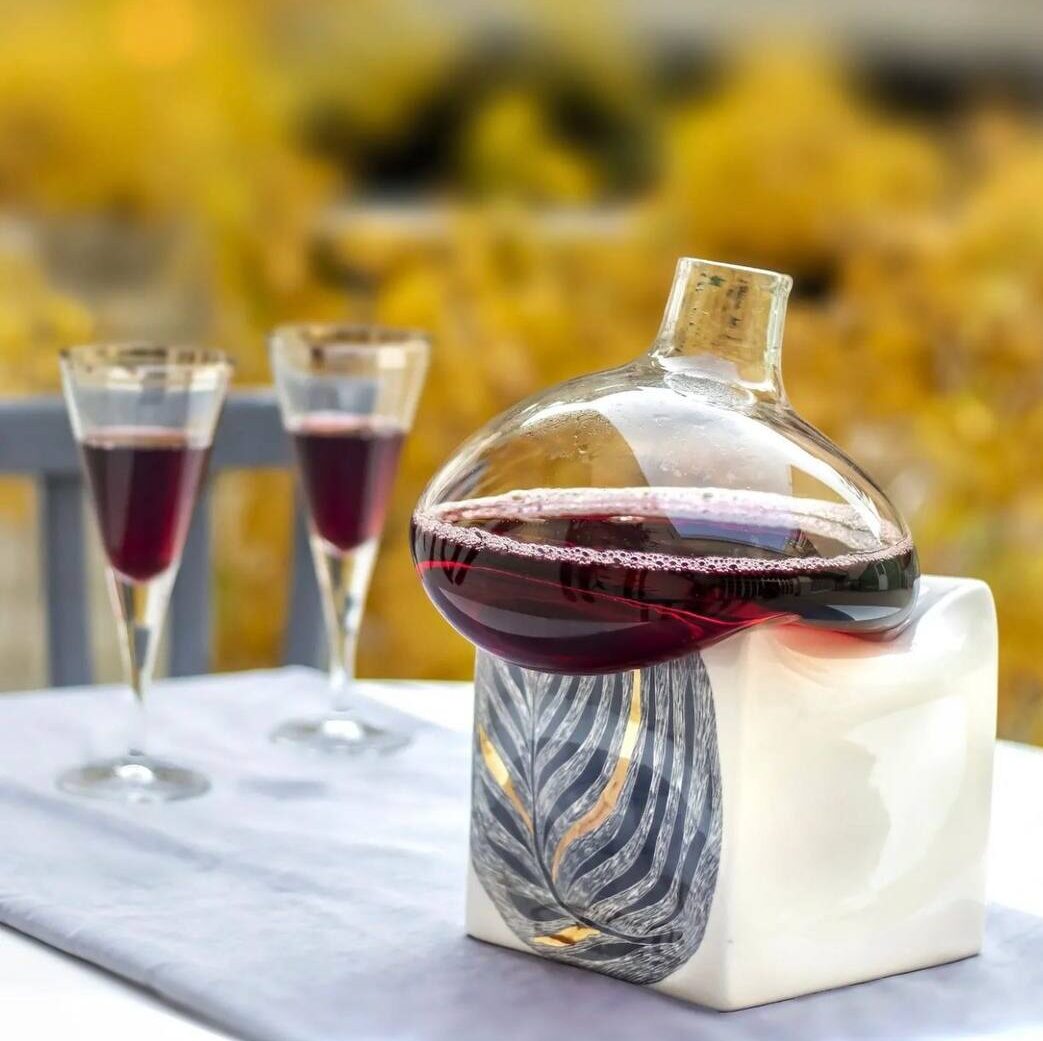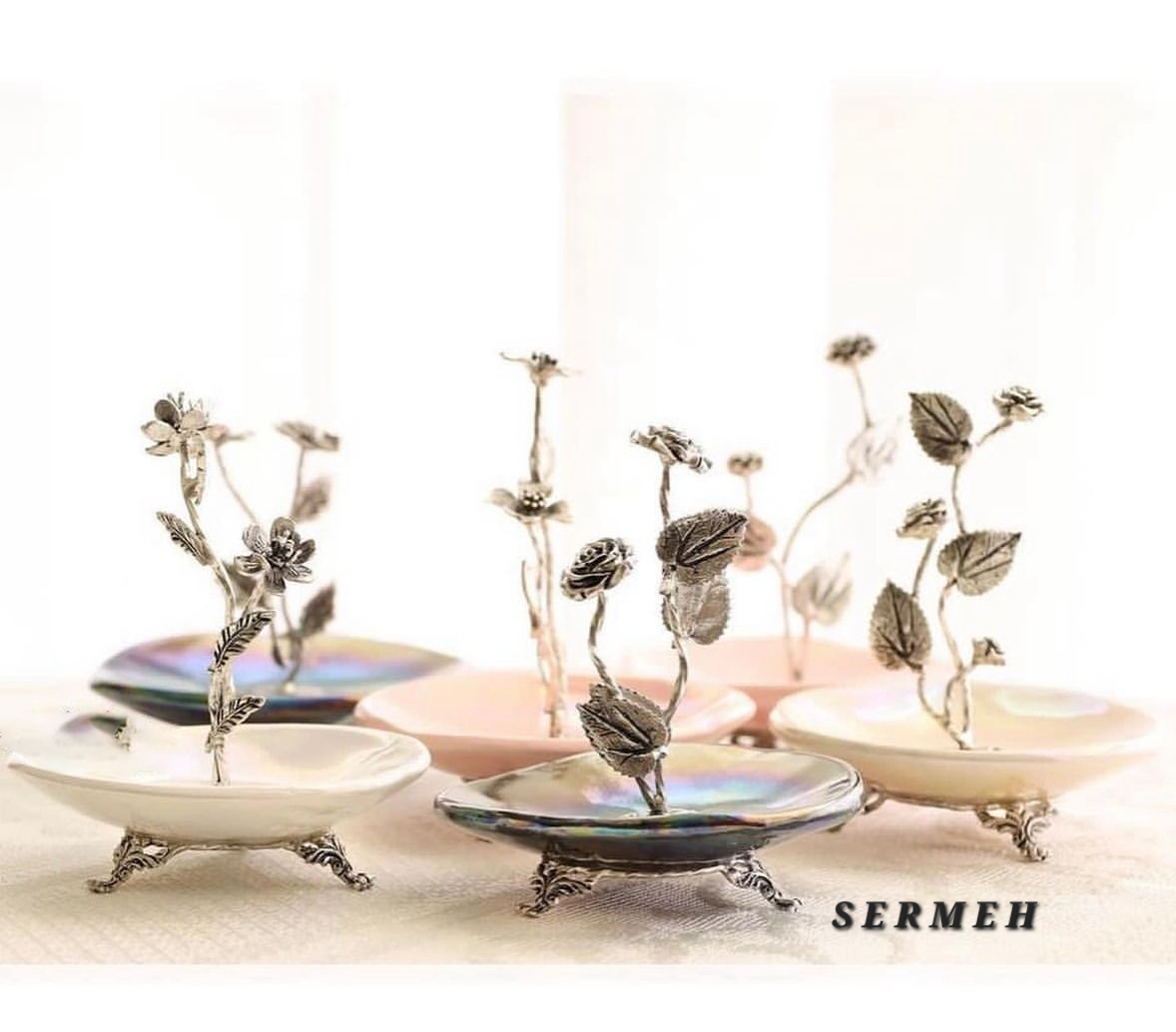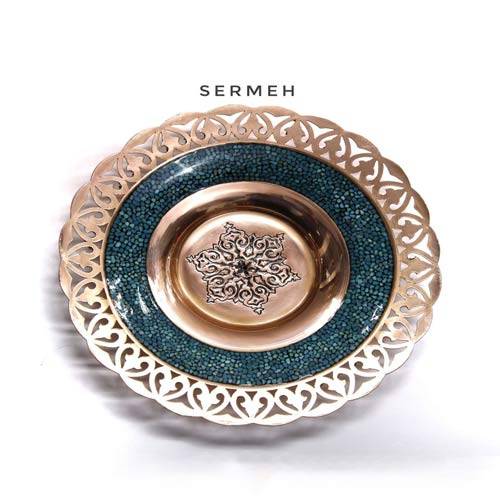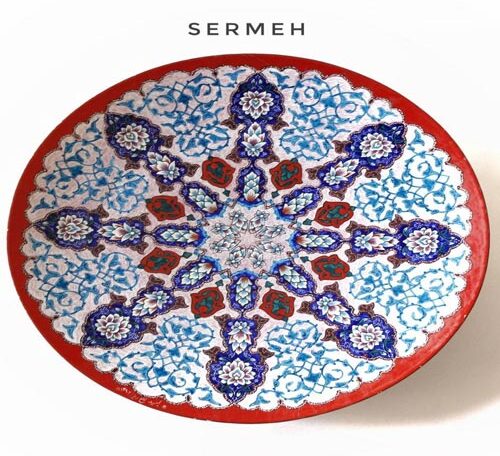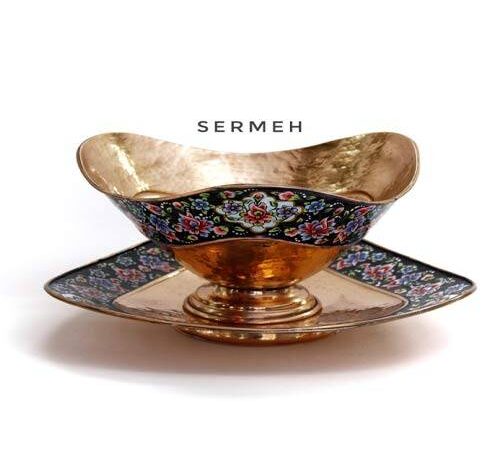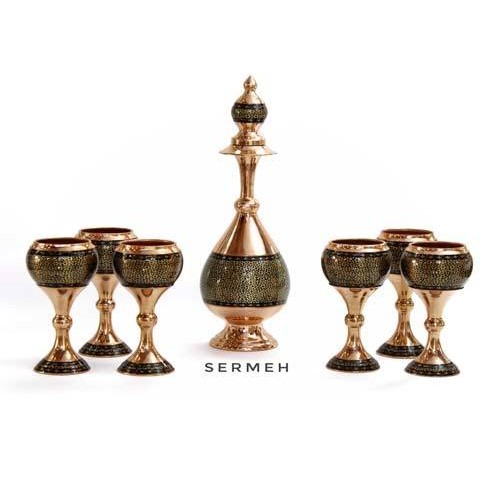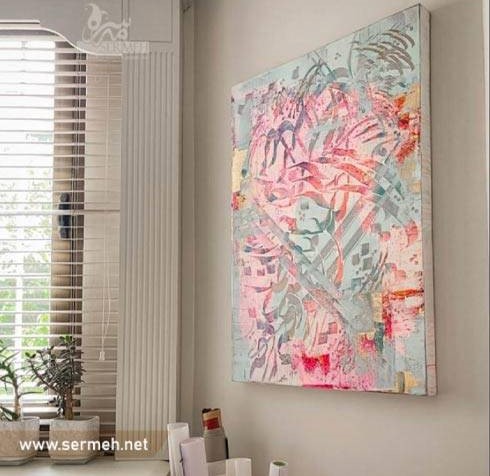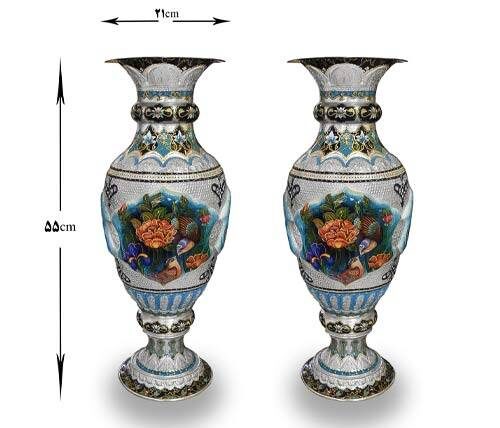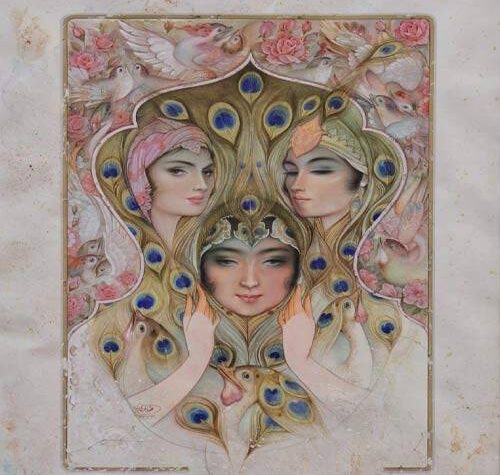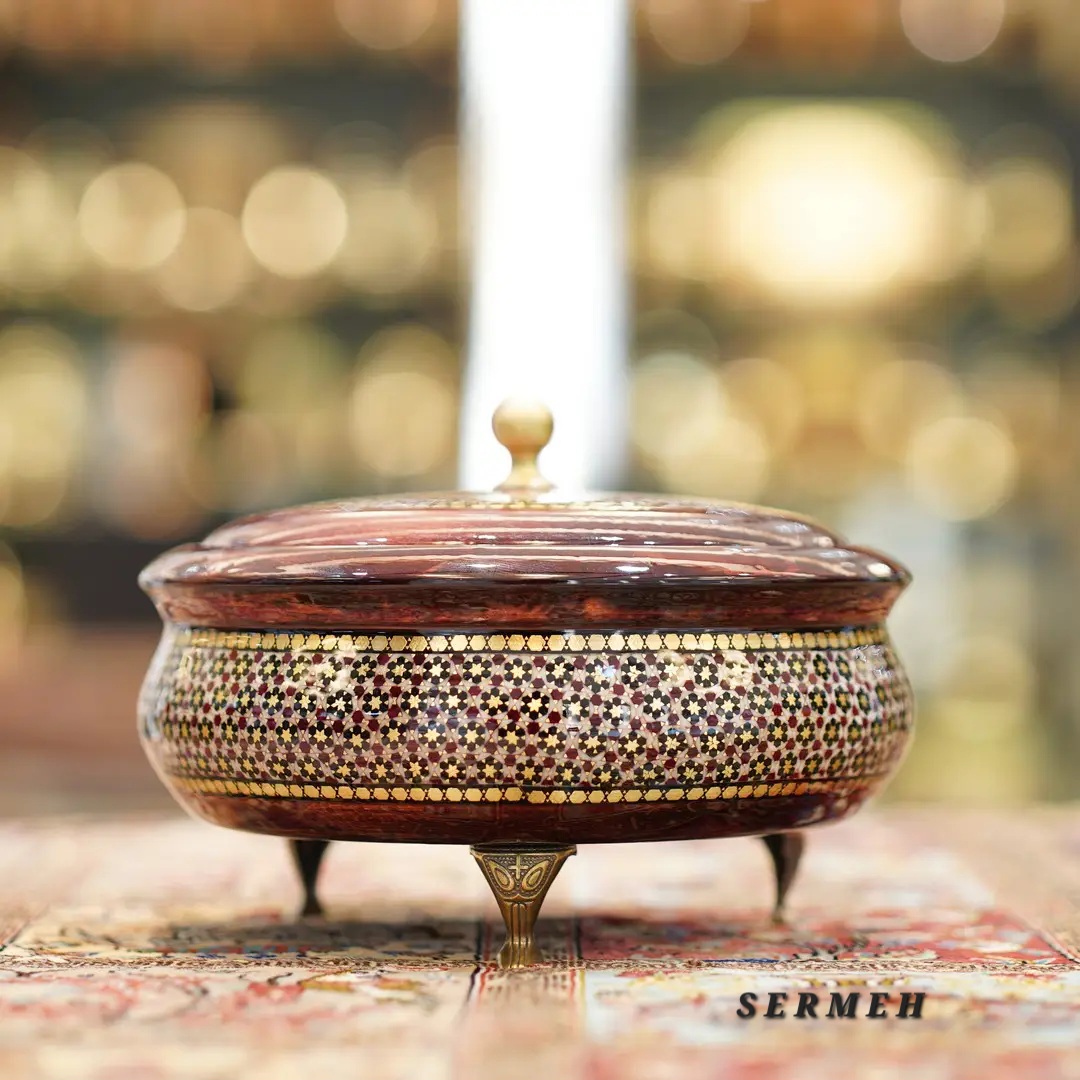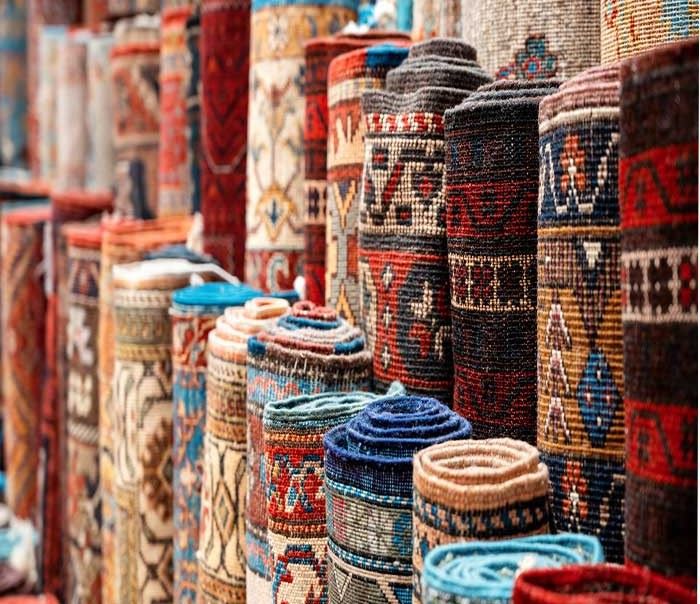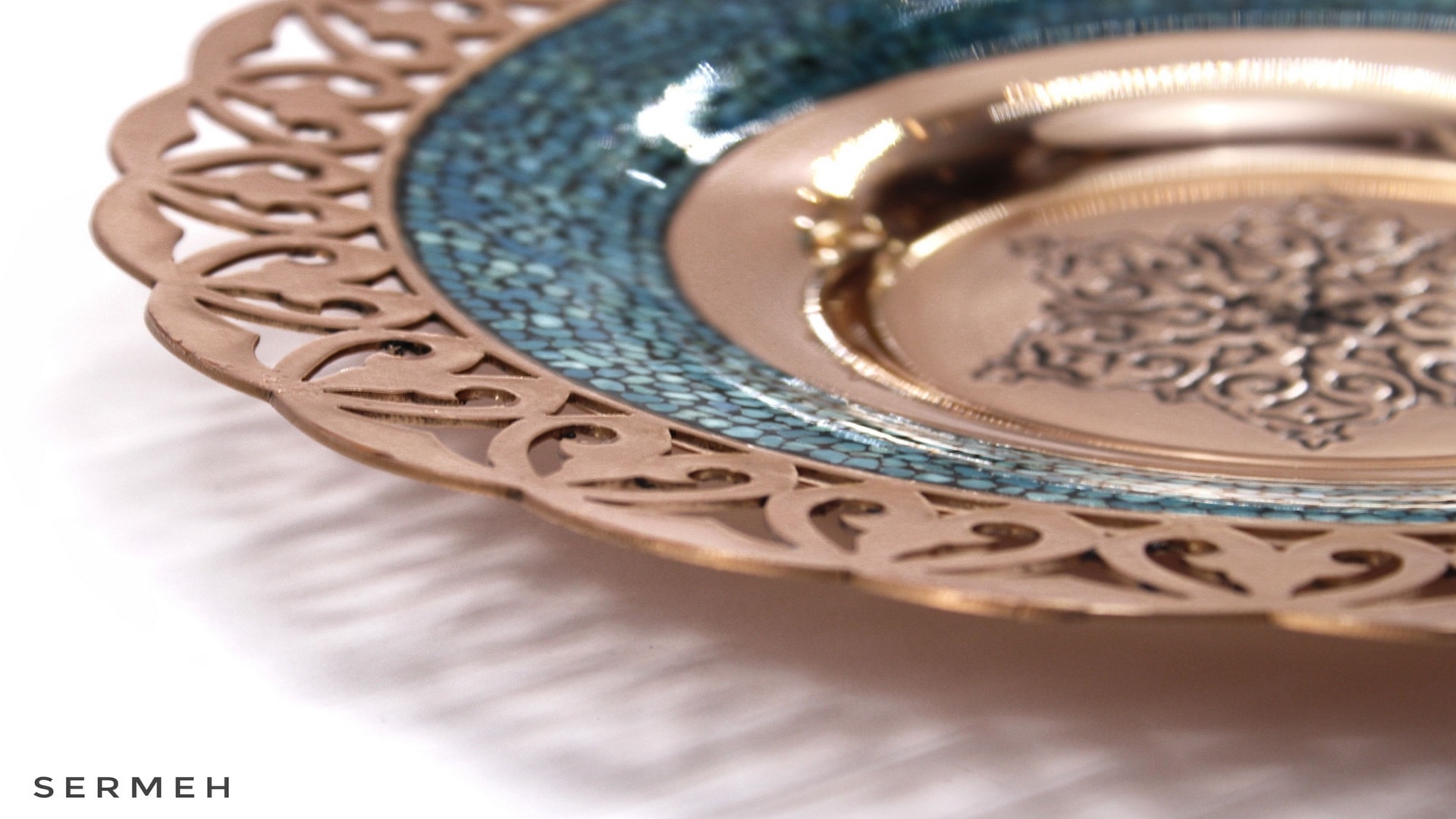Turquoise Stone Inlaying
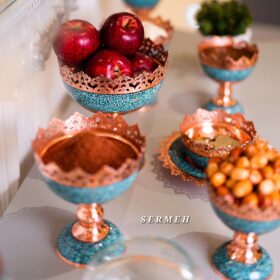
First of all, Iranian artist buys waste turquoise Stone chips from turquoise forming workshops or turquoise mines in Mashhad, Neishabour of Damghan.
Since such chips are usually accompanied by some earth and ordinary stone chips, they are first separated and cleaned. Then, the chips are graded based on their sizes so the right-sized turquoise chips are used to make each Turquoise Inlaying object in proportion to the surface area.
In the next step, the object is heated (to about 300 C) and, while heating, a “walnut lac” is sprinkled onto the parts that have to be turquoise laid so that the lac powder is almost melted and covers the intended surface.
While the lac is still soft and sticky on the object surface, some of the Turquoise Stone chips prepared before based on their size are placed on the work surface. The chips must be placed in a way so that no space is left between them as far as possible.
To fill the possible gaps between Turquoise Stone chips, the temperature is added (to about 400 C) and some more lac powder is sprinkled onto the chips until the lac layer is softened to a melting form, and then try to fill all the spaces by adding smaller turquoise chips, or, as they say, the chips sit well on the surface.
This is usually done by pressing the turquoise chips by hand onto the surface so that they stick fast to it. After the object is cooled, the lace-covered parts become rigid.
*Buy online Persian turquoise stone inlaying*
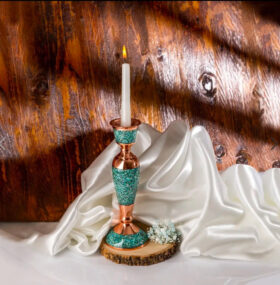
Then, the surface is polished and honed again. The restoration is sometimes done with a type of turquoise-coloured putty. The final stage of Turquoise Inlaying is burnishing which is done in two stages itself.
The first stage consists of burnishing the metal parts which is done at a goldsmith or machining workshop where the opaque layer that is formed on the metal parts during Turquoise Inlaying is removed with hand tools or a machine blade, and then, those parts are polished so the metal becomes shiny.
The second stage consists of burnishing the turquoise inlaid product. After polishing the metal parts of the object, the work is returned to the turquoise inlayer’s workshop where the turquoise inlaid surface is polished with olive or sesame oil so that the part becomes shiny, too.
A Turquoise Inlaying craftsman employs different tools and devices for different job stages, mostly including dies, hammers, drills, natural gas and gasoline torches, pincers, pliers, forceps, different metal pipes tweezers, files and.
The most important point in Turquoise Inlaying is the correct installation of turquoise chips on the metal so that it is strong enough and the chips do not come off while burnishing the work. The other important point is that a piece of turquoise inlaid work will be of more artistic value if the chips are installed more regularly in close contact, without space in between.
Goldsmith
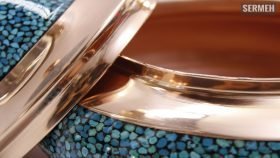
After the object is formed generally, be it a piece of jewelry or a container, the part to be turquoise stone inlaid is remarked and a thin metal strand (of the same material as the metal used in the fabrication of the object) called “Kandan” is placed around and soldered onto it.
This part around the intended form is a so-called wall standing two or three millimeters above the surface of the container. If the part prepared for Turquoise Inlaying takes up too much of the surface with an empty-looking background, strands of the same metal are used to place smaller patterns of decorative nature (such as flowers, bushes, etc.) inside it and soldered again. This both makes the work more beautiful and makes the Turquoise Stone inlaid surface stronger.

